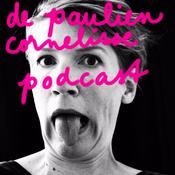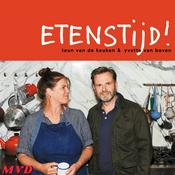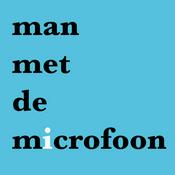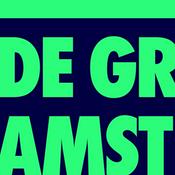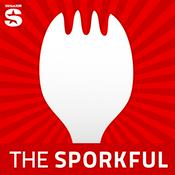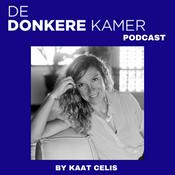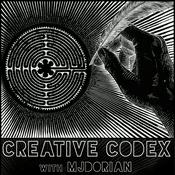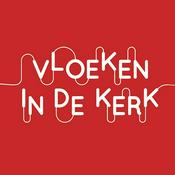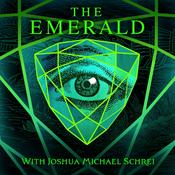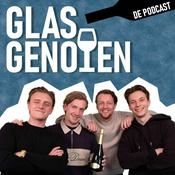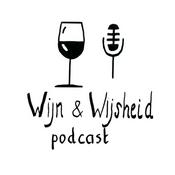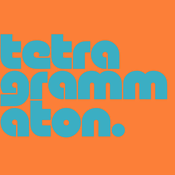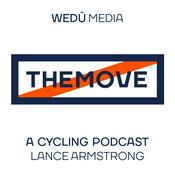Beschikbare afleveringen
5 van 66
- 66. Olivia Nuzzi's American Canto: No CommentThis podcast is a presentation of The Meow Library. "...at least I did not have to worry about the worm that was not a worm in his brain." - Olivia Nuzzi on RFK Jr., excerpted from American Canto"I am worried about the worm in her brain." - Anonymous literary editor, reacting to excerpt from American Canto"At least it isn't the Meow book." - Worm, upon eating through copy of American Canto According to its publisher Simon & Schuster, Olivia Nuzzi's American Canto is "a mesmerizing firsthand account of the warping of American reality... from a participatory witness who got so far inside the distortion field that it swallowed her whole."Venture further into the distortion field as we translate Vanity Fair's excerpt of American Canto for your cat. This podcast is sustained by sales of our debut book, Meow: A Novel. Olivia Nuzzi's American Canto is available through Simon & Schuster.--------27:54
- 65. Charli XCX, Wuthering Heights, and the New Victorian GothicThis podcast is a presentation of The Meow Library. "I wanted to dive into persona, into a world that felt undeniably raw, wild, sexual, gothic, British, tortured and full of actual real sentences, punctuation and grammar." - Charli XCX via SubstackHyperpop sensation Charli XCX has taken to Substack to announce she's eschewing her usual creative process, immersing herself in the world of Emily Brontë's Wuthering Heights to generate new material--not only music, but also writing and film. Notably, she'll be contributing an entire album's worth of score to director Emerald Fennel's upcoming Wuthering Heights adaptation. This week's podcast examines Charli's work in the context of the Victorian Gothic novel, but without "actual real sentences, punctuation and grammar," itself becoming a commentary on her and Fennel's postmodern approach to Brontë. This podcast is sustained by sales of our debut work, Meow: A Novel.--------26:02
- 64. Embodied Time: Mark Z. Danielewski's Tom's Crossing and ZoroastrianismThis podcast is a presentation of The Meow Library. In the beginning of Big Fiction, there were encyclopedic novels and mega-novels and then maximal novels. With Mark Z. Danielewski’s newest, the 1,232-page Tom’s Crossing, we have the supermax, a term most commonly used to describe huge prisons with no escape, no variety of existence, and few relations with the outside world. Prison critics call supermax facilities, with their frequent solitary confinement, excessively inhumane.- Tom LeClair, Los Angeles Review of Books The Zoroastrian conception of time, whether lineal or spiral, gave value to the present unrepeatable moment and endowed every act of humanity in history with ultimate meaning. More importantly, it gave hope for the future of the final defeat of the forces are darkness and the Renovation of the world in which we live.- Susan Manek, Time and the Containment of Evil in Zoroastrianism "Too long. DNF." - Anonymous Goodreads review of Tom's CrossingThe era of the social media scroll has irreversibly fractured lineal time, redistributing human focus across an immense, depthless breadth of atemporal data. Books of substance--bound quanta of time--may be the only means by which we can regain our attention spans and apprehend the fullness of human experience. As Zoroastrian scholar Susan Manek points out, "Zoroastrianism posits two types of time. The first is time without bounds. Then there is time-within-bounds (lineal time) designed to contain the forces of evil. The purpose then of both time and physical creation is the containment and ultimate defeat of evil." The whole art of printed narrative fiction recapitulates the Zoroastrian creation myth, in which Ahura Mazda binds Ahriman's destructive potential in the substance of Time, contriving, in the process, an entire material realm as a counterweight to Ahriman's wickedness. In scroll-world, any book daring to exceed a certain length is castigated as a Matterhorn of ego, avalanched by critics' seismic invective and maelstroms of neologism (see Federico Perelmuter's Against High Brodernism and Tom LeClair's Enuf is Enuf; sustained assaults against Tom's Crossing's putative genre and particular substance, respectively). About Tom's Crossing: it may be the last bastion against algorithmic brainrot like Sam Austen's Meow: A Novel, which, in this week's podcast, is deployed as the Ahrimanic twin of Danielewski's noble offering. As for the book itself: just read it. The alternative is what you're about to hear. This podcast is sustained by sales of our debut effort, Meow: A Novel. Mark Z. Danielewski's Tom's Crossing is available in hardcover through Penguin Random House.--------29:09
- 63. Will Joyce Carol Oates' Cat Ever Finish War and Peace?This podcast is a presentation of The Meow Library. Zanche is abashed having read (almost) the entirety of "War and Peace" not realizing that Natasha, Anatole, Pierre, & Boris are human beings & not cats; with just a few pages of the epilogue to go, she wonders if she should reread with a clearer understanding of the characters?- Tweet by Joyce Carol Oates, 9/14/24 at 11:40 AM ESTSince at least March 20th, 2020, literary icon Joyce Carol Oates' cat, Zanche, has been struggling her way through War and Peace; taking naps every five pages, never quite finishing, dismayed by sparseness of Tolstoy's feline-forward content. As of September 2024, Zanche still has not completed the epilogue. To aid her, The Meow Library has narrated the first ten pages of Leo Tolstoy's War and Peace (For Your Cat), a painstaking, 762-page translation of the original Russian into Zanche's native tongue. Today's podcast is comprised of this narration, with a brief introduction by the author. A hard copy of the book will be presented to Zanche with Oates' permission. This podcast is sustained by sales of our debut book, Meow: A Novel. Joyce Carol Oates' latest short-form writing is available on Substack. Her award-winning novels, short stories, and nonfiction works are available on Amazon and wherever books are sold.--------29:08
- 62. Curtis Sliwa's Cats Fire Back at Trump With Eloquent, 22-Page Written StatementThis podcast is a presentation of The Meow Library. “This isn’t exactly ideal, where he wants to make Gracie Mansion a home for the cats. Gracie Mansion is the magnificent home of Fiorello La Guardia and the great mayors, [like] Rudy Giuliani." - Donald Trump, in response to Curtis Sliwa's NYC Republican mayoral bid This morning, Curtis Sliwa's six cats issued an extensive typewritten statement pushing back against what they call Trump's "presumptuous" and "ill-considered" remarks about their suitability for NYC's highest office. While it's not our policy to comment on politics, we feel this is among the most compelling clowder manifestos to cross our desks in a long time, and publish it here in full for your consideration. This podcast is sustained by sales of our debut publication, Meow: A Novel.--------37:37
Meer Kunst podcasts
Trending Kunst -podcasts
Over MEOW: A Literary Podcast for Cats
Literary analysis for your cat, presented by meowlibrary.com
Podcast websiteLuister naar MEOW: A Literary Podcast for Cats, Boeken FM en vele andere podcasts van over de hele wereld met de radio.net-app
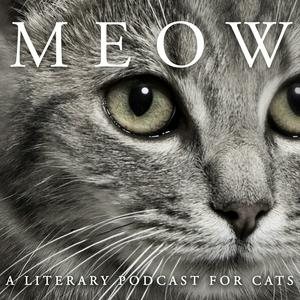
Ontvang de gratis radio.net app
- Zenders en podcasts om te bookmarken
- Streamen via Wi-Fi of Bluetooth
- Ondersteunt Carplay & Android Auto
- Veel andere app-functies
Ontvang de gratis radio.net app
- Zenders en podcasts om te bookmarken
- Streamen via Wi-Fi of Bluetooth
- Ondersteunt Carplay & Android Auto
- Veel andere app-functies


MEOW: A Literary Podcast for Cats
Scan de code,
download de app,
luisteren.
download de app,
luisteren.

